What are Phospholipids?
Phospholipids belong to the class of lipid molecules. Lipids are commonly defined as biological substances that are insoluble in water. While this definition also includes other molecules, such as steroids and waxes, phospholipids are one of the primary components of cell membranes. Chemically, phospholipids consist of a glycerol backbone with two hydrophobic fatty acid “tails” and one hydrophilic phosphate “head” group, which is further attached to an organic residue (Fig. 1). Due to the hydrophobic properties of the fatty acids and the hydrophilic properties of the phosphate groups, phospholipids tend to arrange themselves in so-called lipid bilayers.
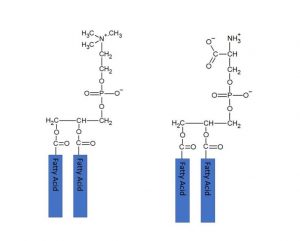
Fig. 1: Schematic structure of phosphatidylcholine (left) and phosphatidylserine (right)
Phosphatidylcholines are a subgroup of phospholipids where a choline group is attached as the organic residue. These special types of phospholipids are commonly referred to as lecithins. Lecithins can be derived from animal (e.g., egg, animal meat), marine (e.g., fish, krill) or plant (e.g., soybean, sunflower) sources. Because of their lubricant and emulsification properties, lecithins are commonly used as food additives, but are also frequently found in the pharmaceutical industry. Steelyard Analytics is capable of analyzing phospholipids in a wide range of different matrices ranging from solids, to powders, to liquids, even capsules (Fig. 2)!
Matrices
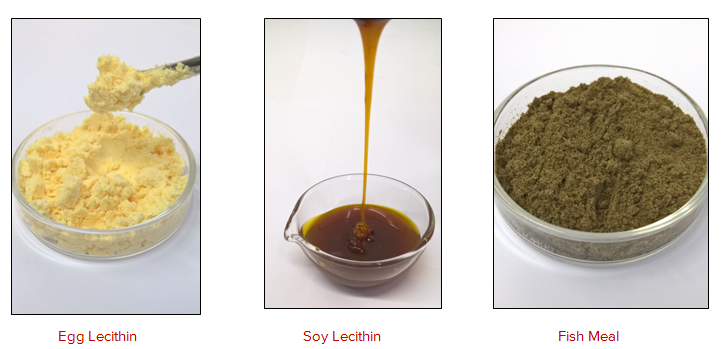
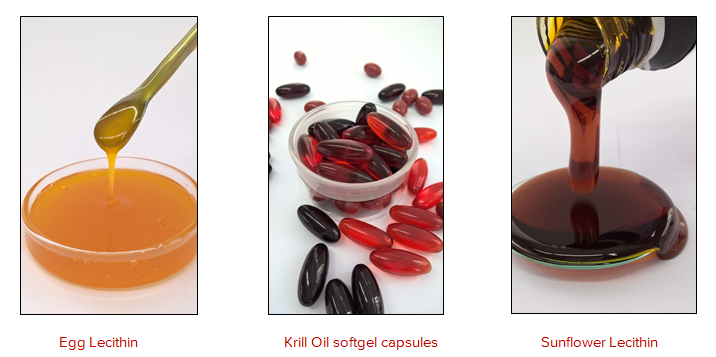
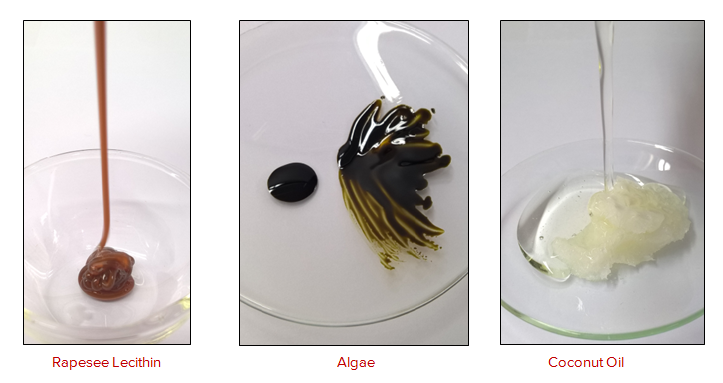
Fig. 2: Exemplary pictures of matrices which can be analyzed by 31P-NMR Spectroscopy
Facts about Phospholipid Analysis by 31P-NMR Spectroscopy
It is possible to determine all common phospholipid types (e.g. phosphatidylcholine, phosphatidylserine, etc.) by means of 31P-NMR spectroscopy (Table 1). As Steelyard Analytics is the daughter company of Spectral Service AG, Steelyard Analytics can draw on 29 years of experience in the NMR spectroscopic analysis of phospholipids, resulting in quality work which is already well-known and trusted by our customers from all over the world.
Tab. 1: Types of Phospholipids
| Abbreviation | Substance Name | Abbreviation | Substance Name |
| 1-LPC | 1-lysophosphatidylcholine | PA | Phosphatidic acid |
| 2-LPC | 2-lysophosphatidylcholine | PC | Phosphatidylcholine |
| APE | N-acyl-phosphatidylethanolamine | PE | Phosphatidylethanolamine |
| DPG | Diphosphatidylglycerol | PG | Phosphorylation |
| LPA | Lysophosphatidic acid | PI | Phosphatidylinositol |
| LPI | Lysophosphatidylinositol | PS | Phosphatidylserine |
| LPS | Lysophosphatidylserine | SPH | Sphingomyelin |
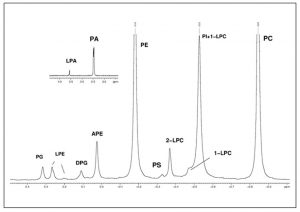
Fig. 3: 31P-NMR Spectrum of a soy lecithin sample [0.5 ppm to -1 ppm]
By taking different factors such as pH, solubility and temperature into consideration, we are able to perform a quantitative analysis of your phospholipid samples! Please contact us (info@steelyardanalytics.com) if you are interested in our methods and service.

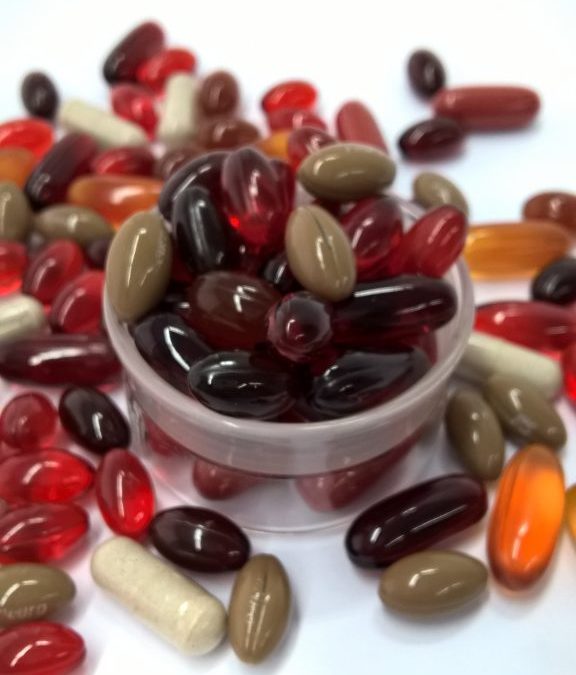
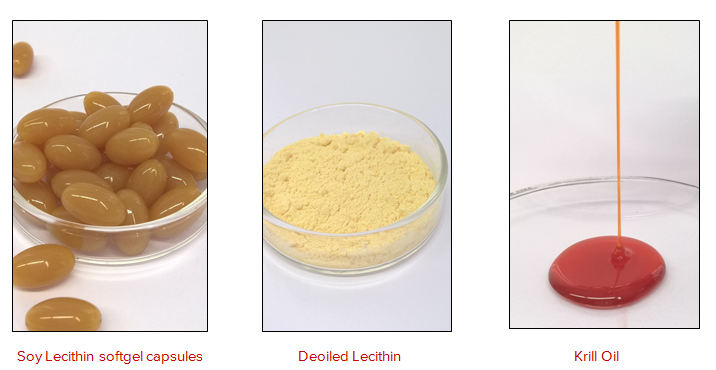
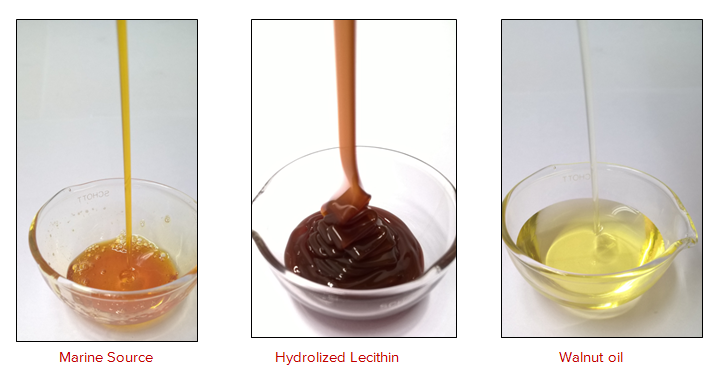
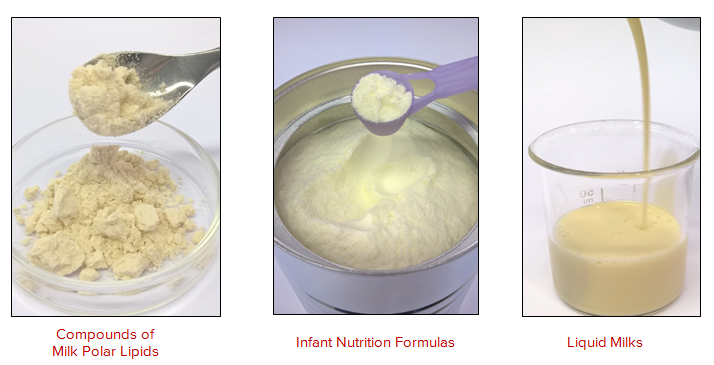
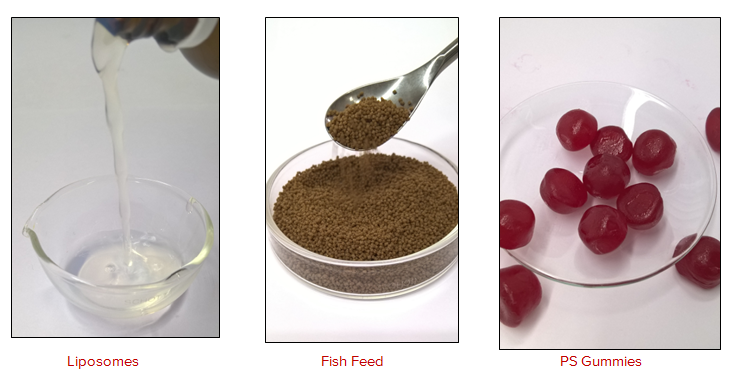
Recent Comments